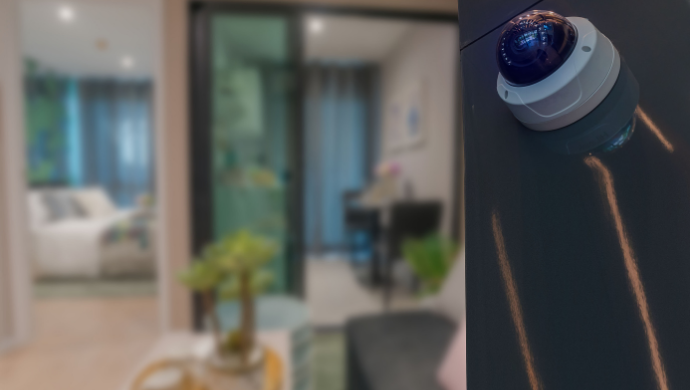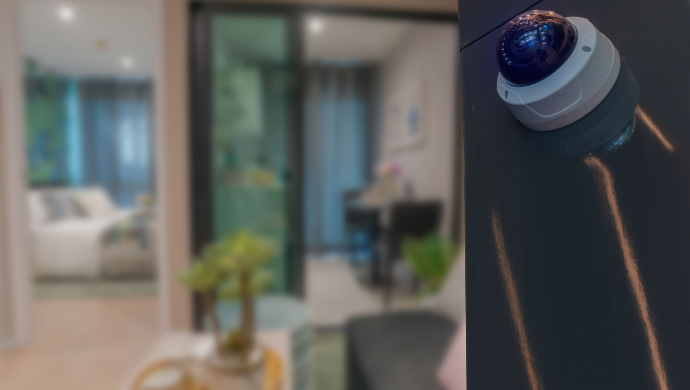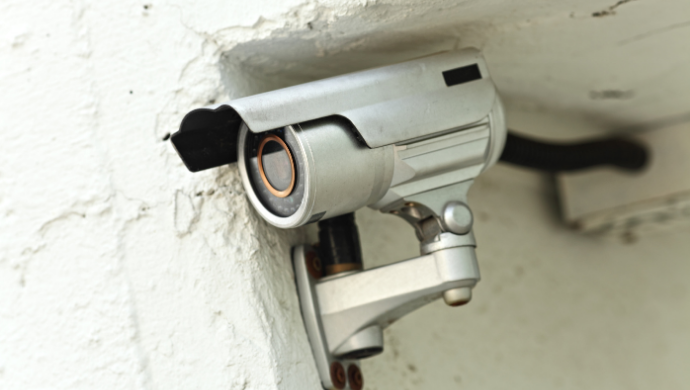KEEP IN TOUCH
Subscribe to our mailing list to get free tips on Data Protection and Cybersecurity updates weekly!







The recent news about the hacking of several home cams in Singapore brought to light the vulnerability of modern technology. It also served to remind us that it pays to be vigilant and knowledgeable when it comes to whatever device we allow inside our spaces – be it in our homes or in our offices.
By default, we should remember that any technological device connected to the internet is vulnerable to cyber attack or hacking. Before we get to the 4 points outlining how to secure your WiFi camera, here’s a quick rundown on selecting a camera that guarantees your privacy.
There are two main types of WiFi-enabled security cameras: the traditional IP cameras (also known as networked cameras), and the modern ‘smart’ cameras. Between these two, IP cameras are more insecure because they usually come with the default name and password, which many people don’t bother changing. This means anyone can watch the feed simply by visiting the camera’s IP address online.
Unlike IP cameras, smart cameras require you to use an online account system which may also come with with a two-factor authentication. Live video feeds and recorded video clips are accessible through those online accounts. These types of cameras are also updated with the latest firmware, which means you don’t have to manually update them to fix vulnerability problems. Clearly, smart cameras are superior to the IP cameras.
Also Read: What is Pentest Report? Here’s A Walk-through
Let’s admit it: security cameras of all types, both public and private, have been a source of crucial footages. Their advantages cannot be discounted, but their benefits must not cloud the potential risks that come with unsecured cameras.
Purchase a “smart” security camera, not an IP security camera that requires more configuration and greater vigilance. Do take note, however, that even smart cameras are not created equal. Depending on your security risk and the purpose of such camera purchase, it pays to plan and study the alternatives before you buy.
Regardless of the brand of smart camera you choose, footages will still be uploaded to some server somewhere. Hence, be sure to get a camera from a trustworthy brand you recognise. If you’re not sure which name to anchor your security on, a quick online research or consumer feedback check should do the trick.

When you create your online account for the camera, be mindful of the password you use. As a rule of thumb, stay away from the obvious. Beat the cyber criminals with uncrackable passwords. For instance, use a mixture of numbers and characters, play with uppercases and lowercases, and avoid using dictionary words or your name.
Also Read: CCTV Law Singapore Edition: Know Your Rights and Responsibilities
As mentioned above, when you can, select a camera with this feature for maximum security. Having second form of identification greatly decreases the probability of a hacker gaining access to corporate devices or other sensitive information.
While it has been established that cameras used at home and in the office should be kept secured, you can still up the ante when it comes to securing your business camera. This is by availing penetration testing services, or pentesting (aka ethical hacking).
Through this method, you’re not only securing your camera’s online account, but you’re also checking for vulnerabilities in your entire network before the bad guys actually do. Check out how Privacy Ninja can help you achieve this. Our penetration testing methods can adhere to your organisation’s security requirements and adapt to your risk appetite. Don’t compromise the security of your business assets and your employees, let us know how we can help you today.
Learning how to guard your WiFi camera against possible attacks should be on top of your to-do list, so if you follow the steps above, you should be completely secure.